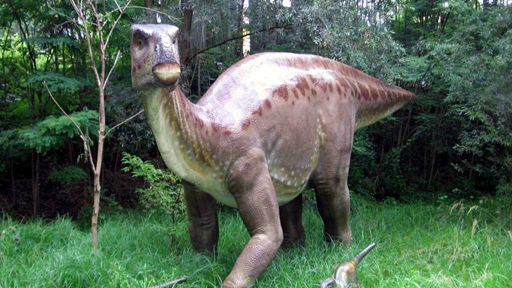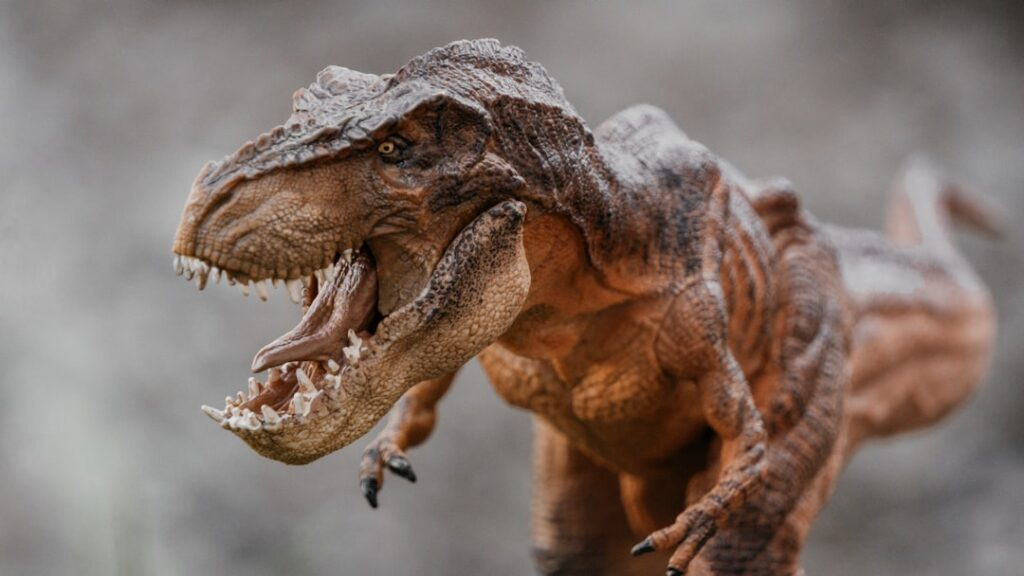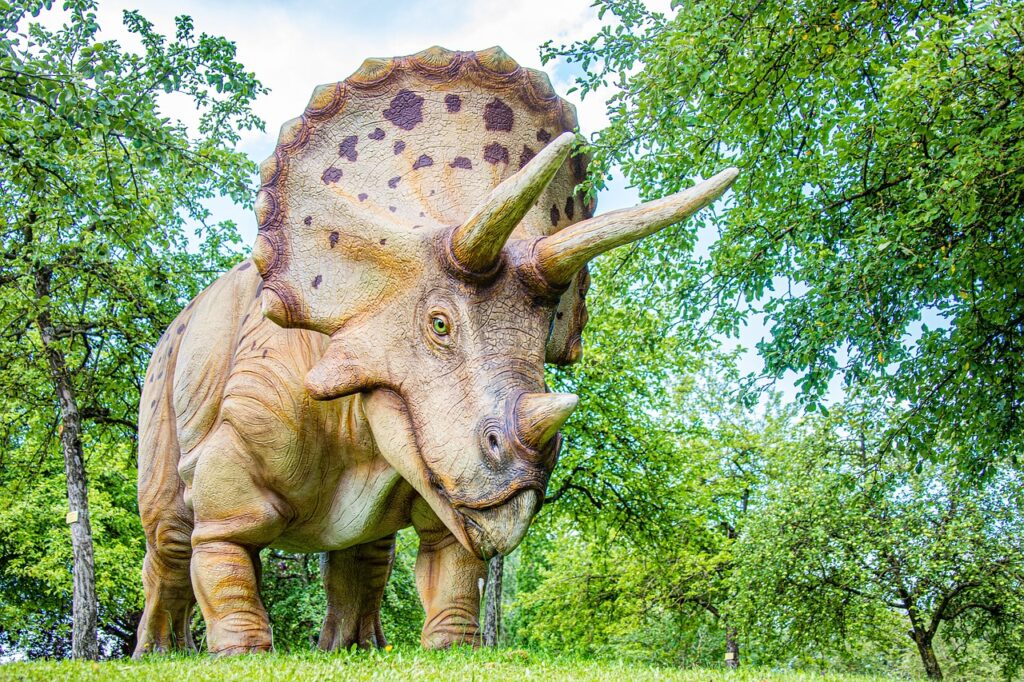Fossil hunting has always been a gamble. You dig for years, sometimes decades, hoping to strike gold buried in ancient rock. Most of the time, you find fragments or broken pieces that tell only part of a story. However, some discoveries shatter everything we thought we knew about life on Earth.
These eight fossil finds didn’t just make headlines or fill museum cases. They fundamentally reshaped paleontology and our understanding of prehistoric life. From bridging evolutionary gaps to revealing shocking new behaviors, each discovery forced scientists to rewrite textbooks and rethink long-held beliefs. Let’s dive into the everything.
1. Megalosaurus – The First Named Dinosaur That Started Everything
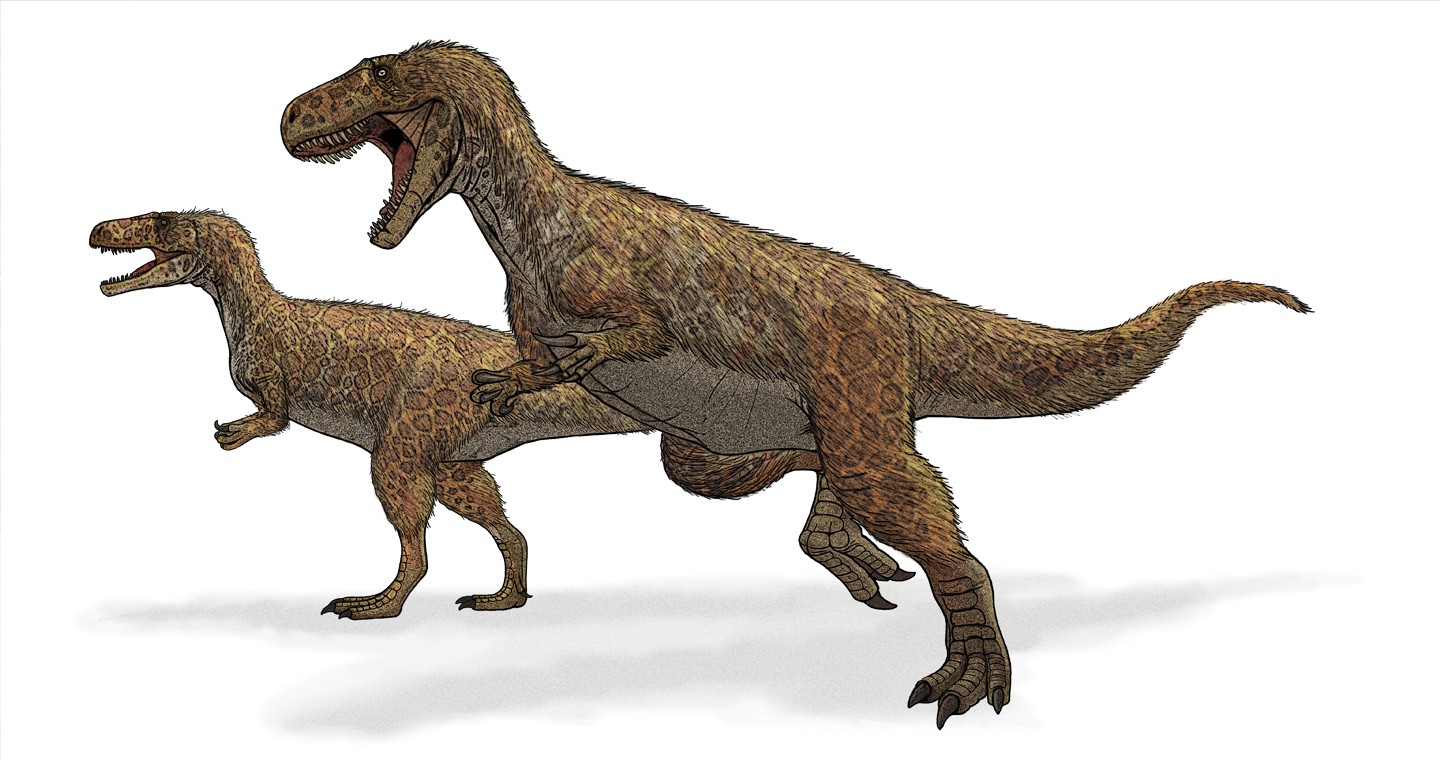
The journey began in 1824 when William Buckland described Megalosaurus, making it the first dinosaur formally recognized by science. This theropod from the Middle Jurassic was initially thought to be a lizard-like creature but was later recognized as an early example of the large, bipedal predators that ruled the Mesozoic.
In 1842, Richard Owen created a new order of reptiles called Dinosauria for Megalosaurus, Iguanodon, and Hylaeosaurus, causing great excitement in scientific circles. The discovery changed everything by proving that giant reptiles had once dominated Earth, launching the entire field of dinosaur paleontology and capturing public imagination like nothing before.
2. Iguanodon – The First Herbivorous Giant That Revolutionized Diet Assumptions
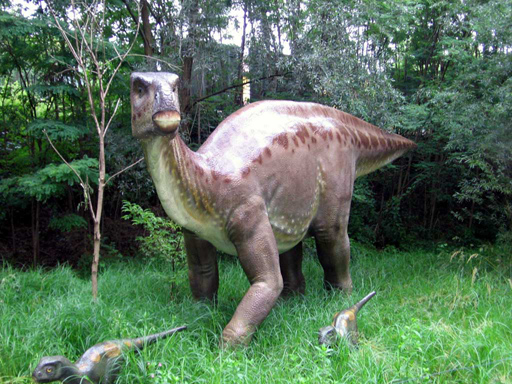
A year after Megalosaurus was named, Iguanodon was described and became the first giant prehistoric reptile found to be herbivorous. At the time, most reptiles were thought to eat mainly meat or insects, so finding a reptile on this scale that only ate plants was viewed as revolutionary.
The first evidence was teeth found by Mary Ann Mantell and her husband Dr. Gideon Algernon Mantell, resembling scaled-up iguana teeth, which led to the name “Iguanodon” meaning “iguana tooth”. This discovery played a pivotal role in the development of paleontology as one of the three genera that led to the creation of the term “dinosaur” in 1842, highlighting the iterative nature of scientific discovery and symbolizing the birth of dinosaur science.
3. Archaeopteryx – The Missing Link Between Dinosaurs and Birds
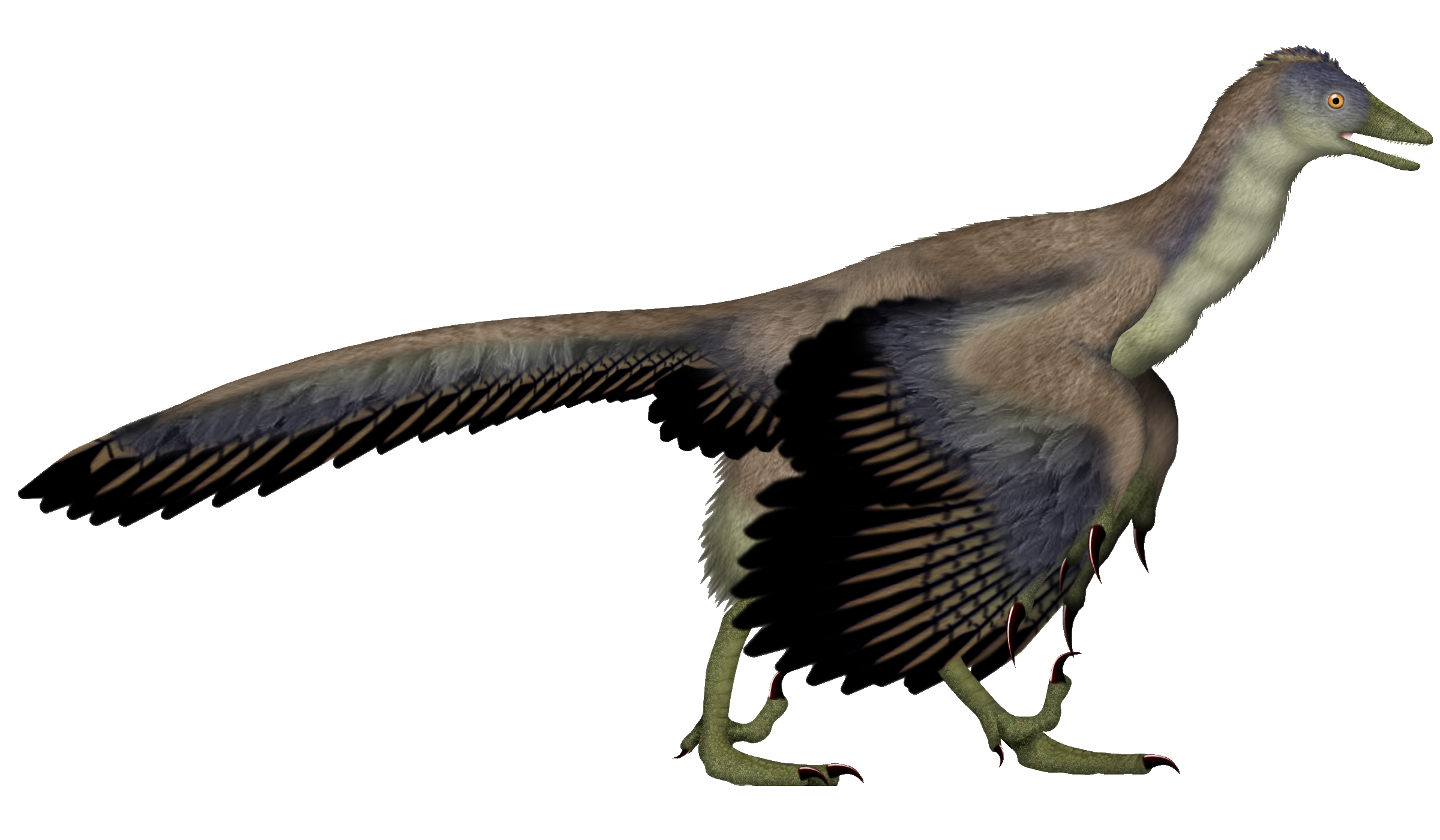
The type specimen of Archaeopteryx was discovered just two years after Charles Darwin published On the Origin of Species, and seemed to confirm Darwin’s theories, becoming a key piece of evidence for the origin of birds and confirmation of evolution. Archaeopteryx was an evolutionary link between non-avian dinosaurs and birds, though scientists long thought it was the first bird before recent discoveries made them rethink that status.
The creature shared anatomical traits with two-legged theropod dinosaurs including long torsos and tails, had sharp teeth characteristic of theropods and feathered wings characteristic of birds, plus three taloned fingers atop their wings, making it a clear candidate for a transitional creature sharing traits with both ancestors and descendants. The discovery of Archaeopteryx was a landmark moment for dinosaur scientists and is still considered one of the most important finds in history.
4. Sue the T. rex – The Most Complete Predator That Defined a Species
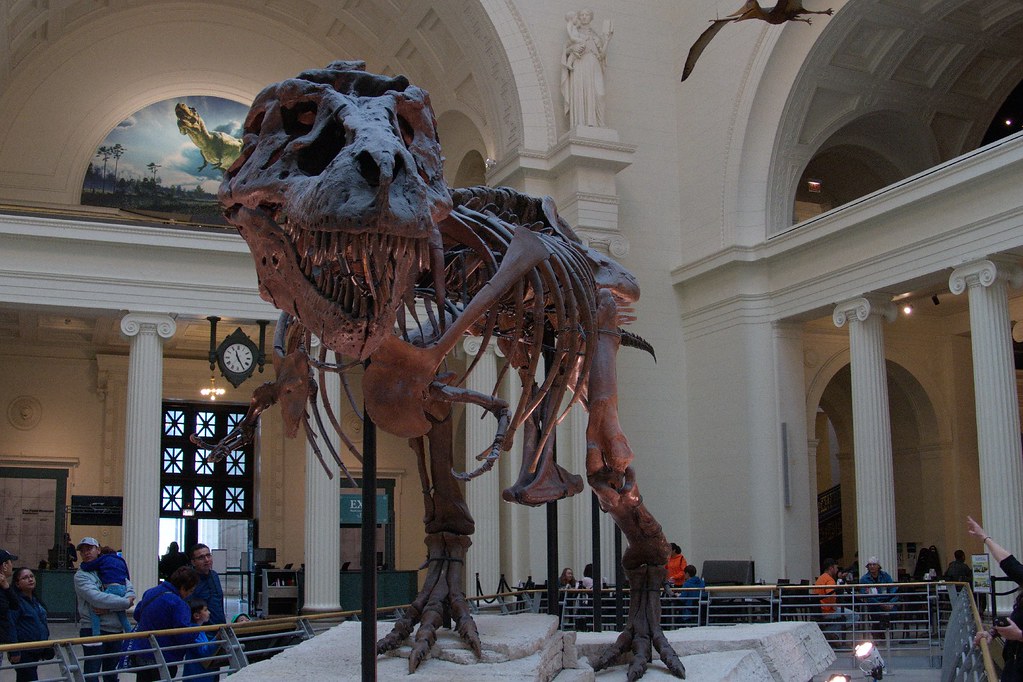
Sue is one of the largest, most extensive, and best preserved Tyrannosaurus rex fossils ever found, at over 90 percent recovered by bulk. Sue is the most celebrated representative of T. rex and arguably the most famous fossil in the world, enabling scientists to do more detailed studies of the species’ evolutionary relationships, biology, growth, and behavior than ever before.
Some argue Sue’s biggest impact on the paleontological community was the steep price it fetched at auction, as since Sue sold for $8 million in 1997, prices for dinosaur fossils have only soared upwards. Sue is scientifically the ‘Rosetta Stone’ for this species providing the very best evidence for what this iconic dinosaur was like, inspiring millions of people and helping scientists understand much more about T. rex as a bus-sized, bone-crunching predator.
5. The Bone Wars Discoveries – Mass Competition That Accelerated Discovery
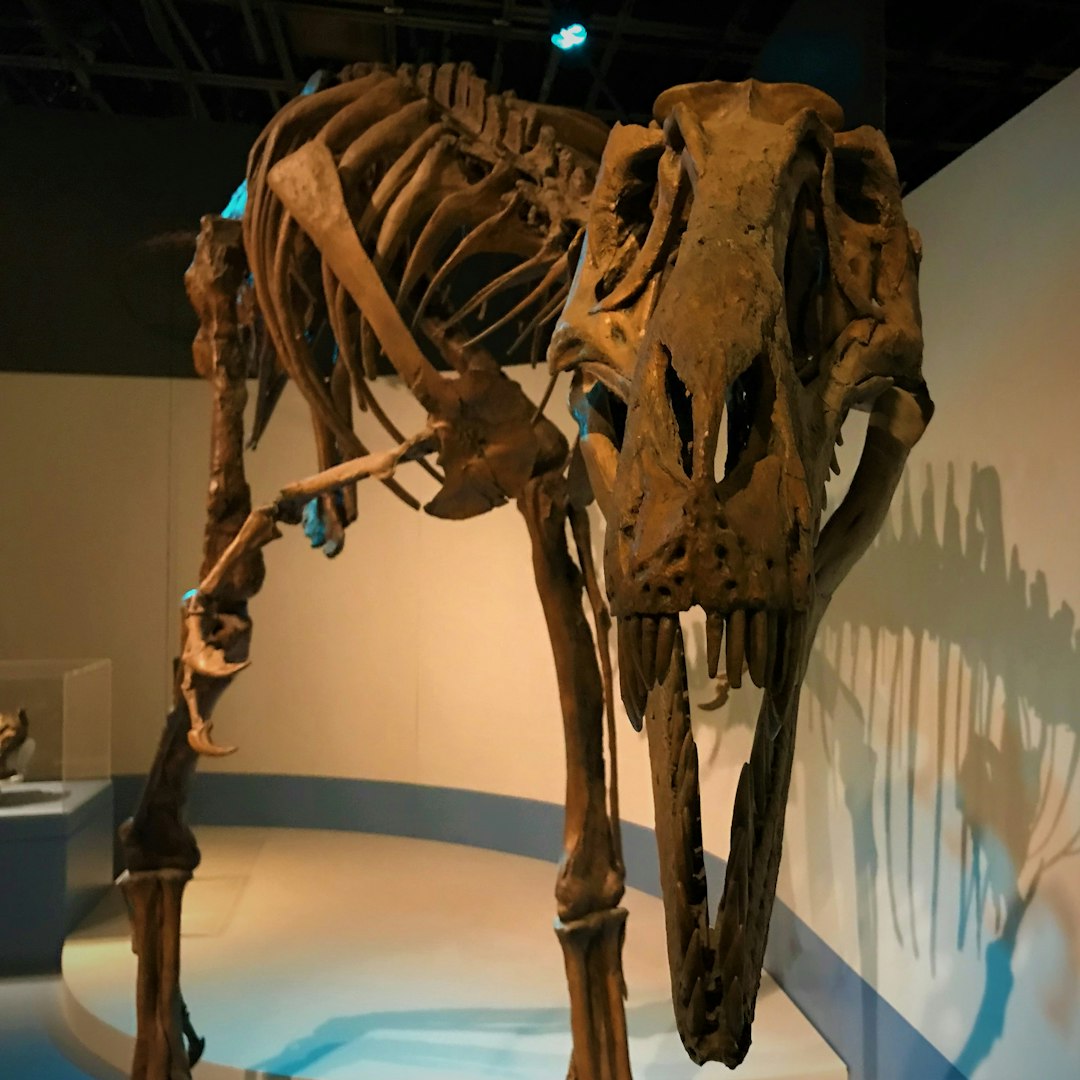
Although not technically a single discovery but many, the Bone Wars stands out as one of the most significant periods of fossil hunting in paleontology history, featuring fierce rivalry between Othniel Charles Marsh and Edward Drinker Cope as both men fought relentlessly to find and name the most dinosaurs. The feud became bitter with tactics including spying, theft and destruction of fossils, lasting over 30 years until Cope died in 1897 after spending his fortune on the hunt, with many valuable specimens damaged by crude methods like dynamite.
Despite their unrefined methods, Marsh unearthed 86 new species of dinosaur and Cope discovered 56, totaling 142 new species. This “dinosaur mania” sparked a wave of interest in dinosaurs in the United States and exemplified the fierce competition that would drive paleontological discovery for generations.
6. Deinonychus – The Discovery That Revolutionized Dinosaur Behavior
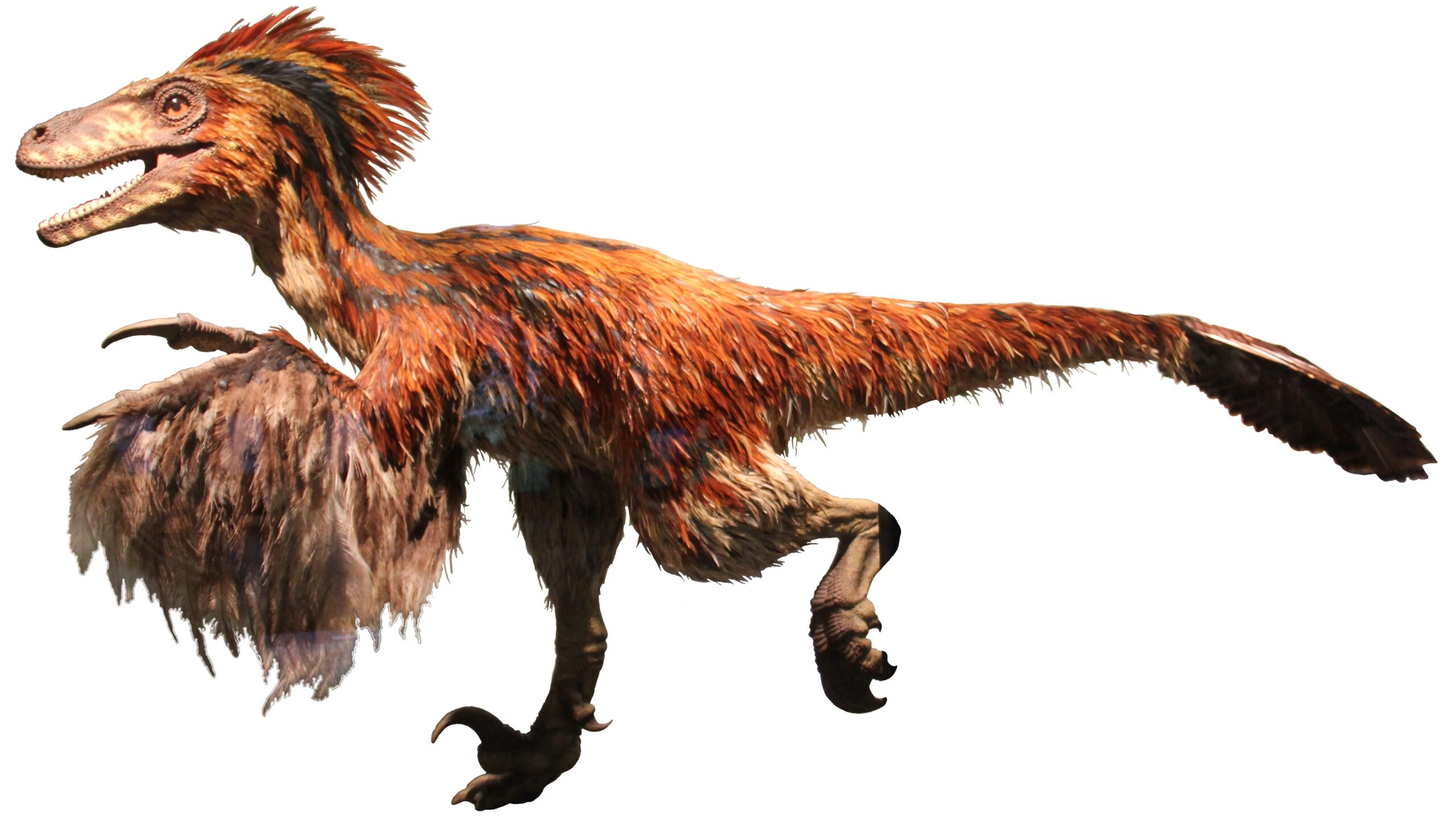
At the end of the 1960s, dinosaur research experienced a surge in activity that remains ongoing, with John Ostrom’s discovery of the bird-like dromaeosaurid theropod Deinonychus in 1969 being seminal, as its anatomy indicated it was an active predator that was likely warm-blooded, in marked contrast to the then-prevailing image of dinosaurs.
World War II had caused a pause in paleontological research, and after the war, attention was diverted to fossil mammals rather than dinosaurs, which were seen as sluggish and cold-blooded. The Deinonychus discovery shattered this perception, proving dinosaurs could be agile, intelligent hunters and launching the “Dinosaur Renaissance” that continues to shape our understanding today.
7. Chinese Feathered Dinosaurs – The Fossils That Proved Dinosaurs Had Feathers
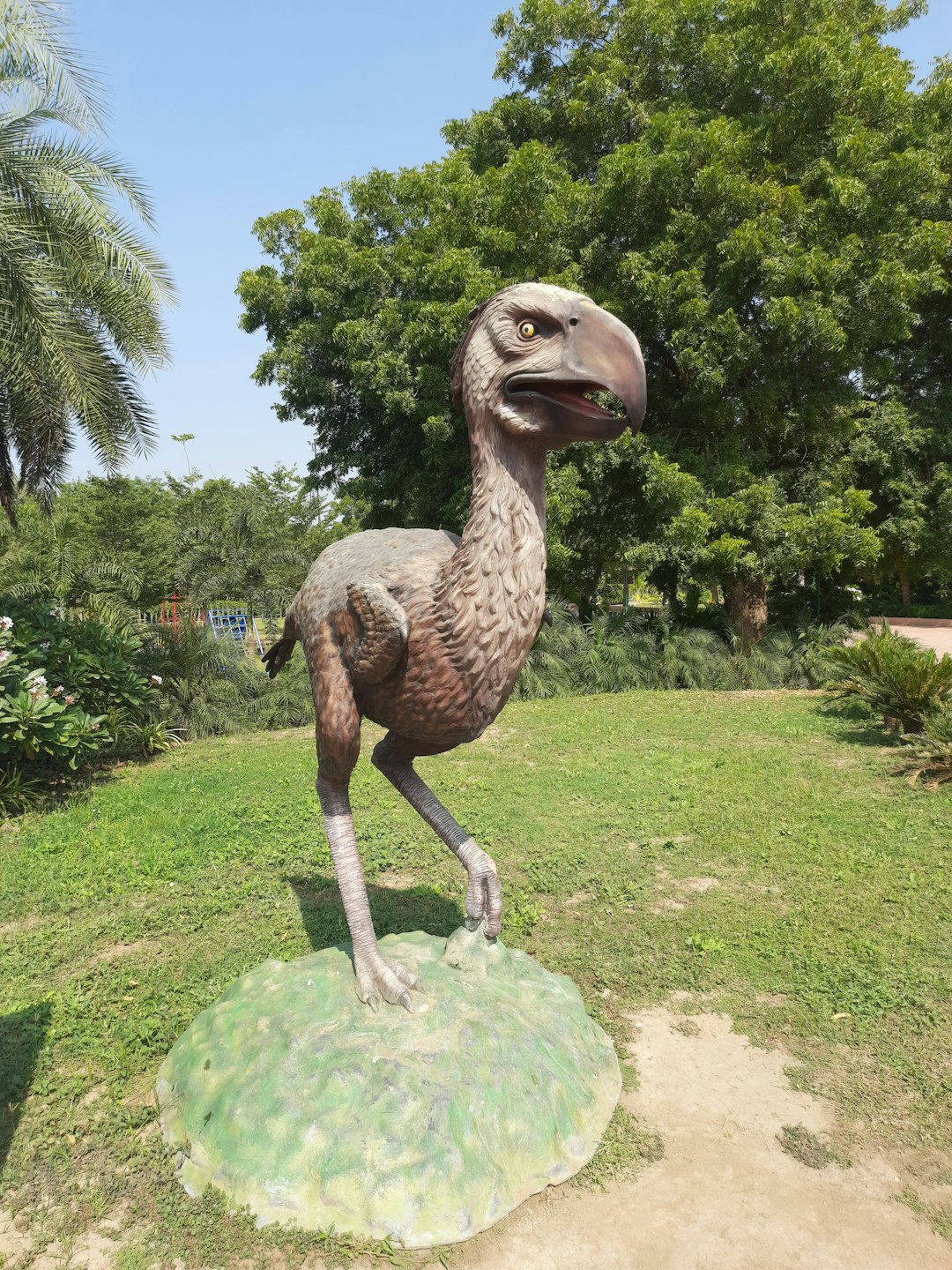
In the 1990s, fossils of feathered dinosaurs were unearthed in China – dinosaurs that certainly would have been unable to fly, but they did have feathers. An influx of new dinosaur fossils from China in the 1990s revealed a feathery surprise.
The discovery of these new intermediary species, which filled in the spotty fossil record, triggered a change in how paleontologists conceived of the dinosaur-to-bird transition, showing that feathers, once thought unique to birds, must have evolved in dinosaurs long before birds developed. The opening of China to systematic fossil exploration has yielded a wealth of material on dinosaurs and the origin of birds and mammals.
8. Tiktaalik – The Fish That Walked and Bridged Evolutionary Gaps
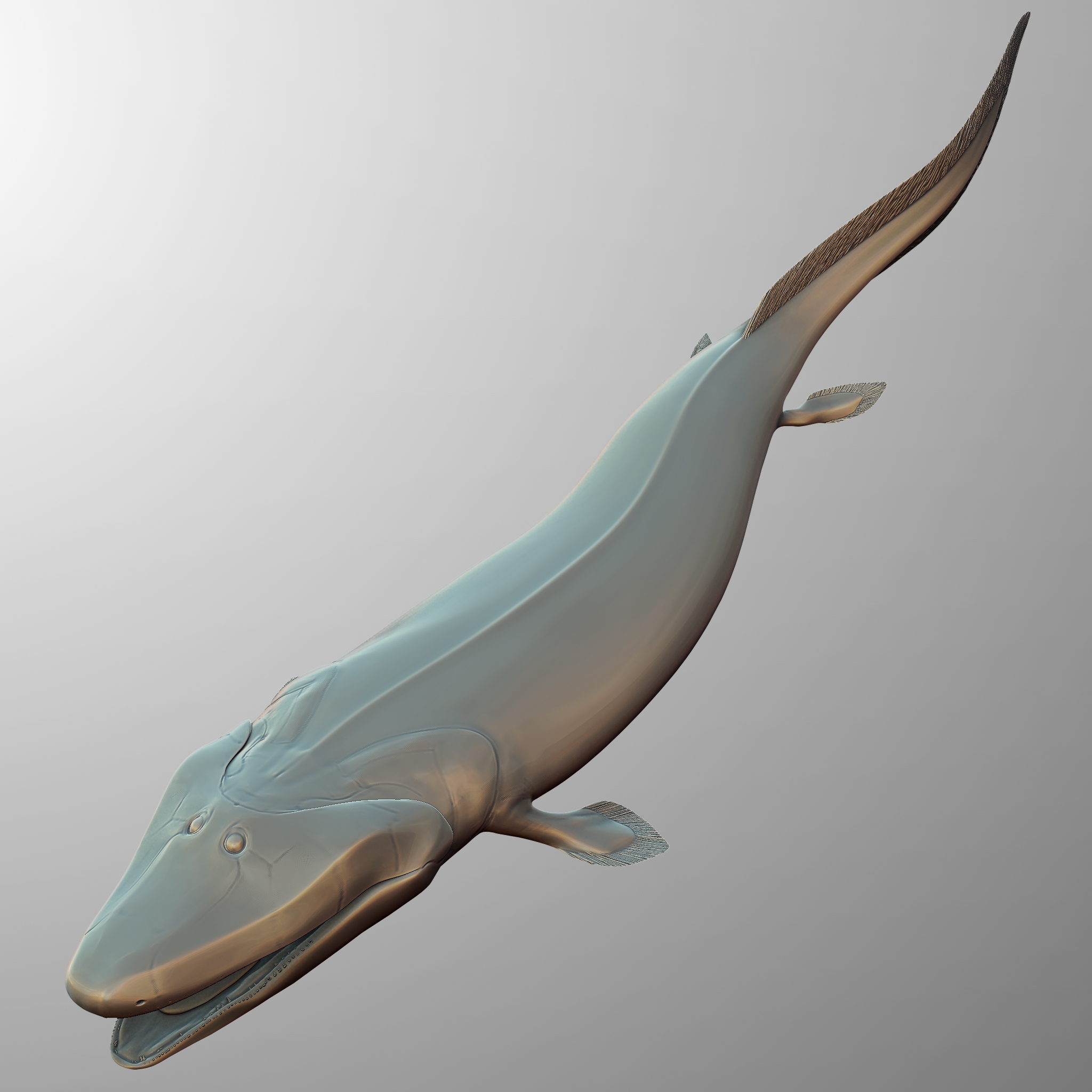
Tiktaalik, discovered in 2004 on Canada’s Ellesmere Island, is a fascinating fossil bridging the evolutionary gap between fish and early tetrapods, dating back 375 million years as a “fishapod” with robust fins containing wrist-like bones, gills, and lungs, with adaptations suggesting it was capable of both swimming in water and supporting itself on land.
The discovery of Tiktaalik validated predictions made by paleontologists about where such transitional fossils might be found, representing a critical moment in the history of life and showcasing how vertebrates began their colonization of terrestrial environments. This find proved that evolution leaves clear evidence in the fossil record when scientists know where and how to look.
Conclusion
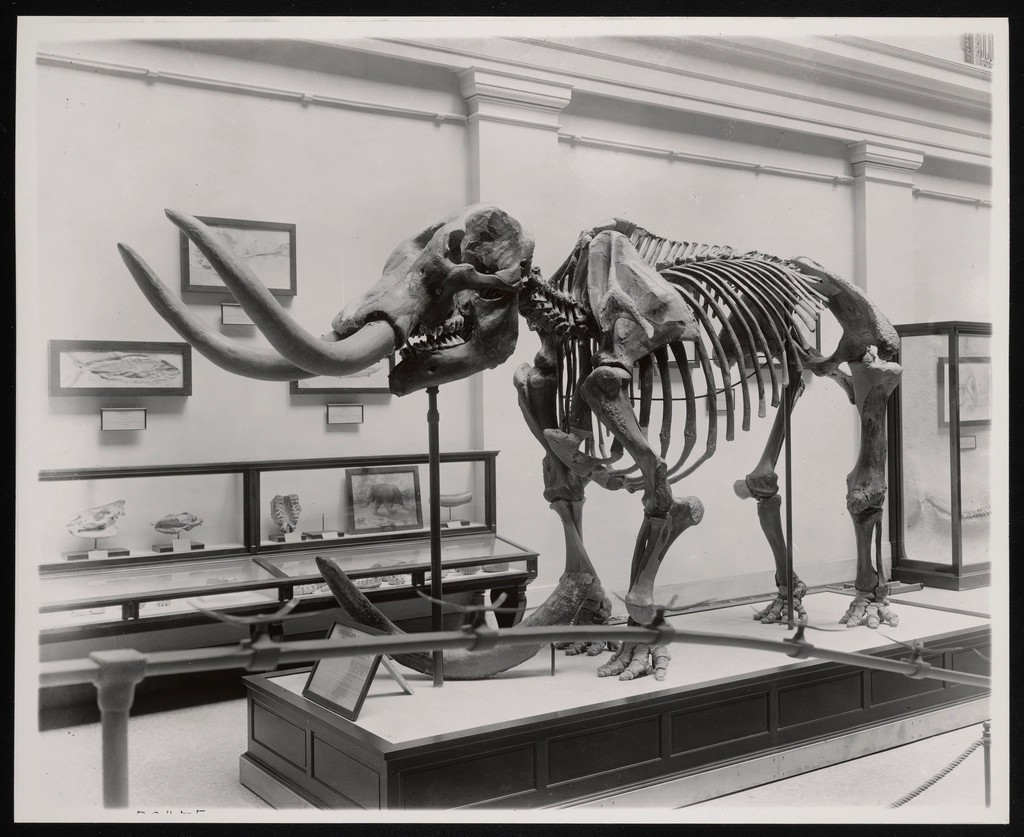
These eight fossil discoveries didn’t just add to our knowledge – they completely transformed it. From the first named dinosaur to the fish that learned to walk, each find forced scientists to abandon old assumptions and embrace new possibilities. They proved that dinosaurs weren’t just sluggish reptiles but active predators, that some grew feathers millions of years before flight evolved, and that the line between fish and land animals wasn’t as clear as once believed.
What’s remarkable is how these discoveries continue to surprise us. Even today, new techniques reveal hidden details in century-old fossils, while fresh excavations uncover creatures that challenge everything we thought we knew. The story of paleontology isn’t finished – it’s accelerating. Who knows what world-changing fossil lies buried just beneath our feet right now?

